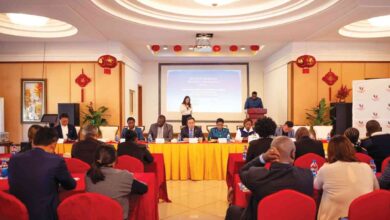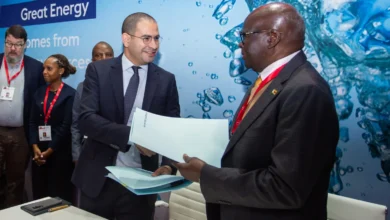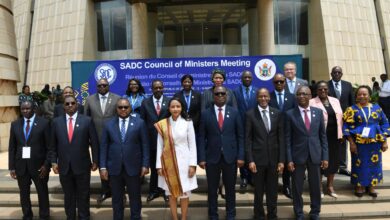Prioritising Local Voices: SADC Must Centre Communities in Conservation, Warns Zimbabwean PS

In a powerful keynote address at the SADC Transfrontier Conservation Areas (TFCA) conference in Harare, the Permanent Secretary in Zimbabwe’s Ministry of Environment, Climate and Wildlife delivered a clarion call: successful regional conservation hinges on the full inclusion of local communities and indigenous voices. As the conference marks 25 years of cross-border collaboration under the theme “TFCAs: 25 Years of Cooperation for Regional Integration and Sustainable Development,” stakeholders gathered to chart a course toward more equitable and effective environmental stewardship.
Speaking before representatives from all Southern African Development Community member states, the Permanent Secretary stressed that sidelining the very people who have protected these landscapes for generations risks reversing decades of ecological progress. “Our TFCAs will serve no purpose if they do not prioritise the well-being and livelihoods of local communities,” he said, reminding delegates that indigenous populations have always been the custodians of the region’s biodiversity.
Drawing on centuries of traditional knowledge, rural communities have maintained balance in ecosystems that span national borders. Yet too often their voices are absent from high-level policy discussions and decision-making tables. “There can be no conservation without local communities who, since time immemorial, have lived and carefully conserved the natural resources that we so dearly enjoy today,” the Permanent Secretary warned, urging SADC member states to adopt community-focused conservation models that blend scientific management with local insight.
Ambassador Chifamba, who delivered the conference’s keynote address, outlined a roadmap for embedding community empowerment within the TFCA framework. He called on governments and conservation partners to design sustainable models that ensure communities are properly capacitated, supported, and able to reap tangible benefits from conservation initiatives. “We need innovative ways of ensuring communities are well capacitated, supported, and directly benefit from the TFCA programme,” he said, underlining that genuine local ownership is the linchpin of long-term ecological and socio-economic success.
To bolster institutional and community resilience, the Permanent Secretary highlighted the urgent need for knowledge-sharing and capacity-building across borders. “Our institutions and communities must be equipped with the knowledge and tools necessary to manage these shared resources effectively,” he urged. Enhanced knowledge management, he explained, will enable policymakers and practitioners to share best practices, adapt to emerging challenges, and make informed decisions that balance conservation priorities with local development needs.
A particularly pressing issue within many TFCAs is human-wildlife conflict, especially where elephants and other large mammals threaten crops and livelihoods. The Permanent Secretary called for a comprehensive evaluation of all available mitigation and response strategies, from community-led early warning systems to non-lethal deterrents. “This conference should ensure that all the available mitigation and response measures are explored and evaluated,” he said, stressing that protecting both people and wildlife must be integral to any TFCA strategy.
Beyond policy prescriptions, the conference underscored the importance of strong regional cooperation and robust governance systems. Chifamba urged SADC Member States to forge strategic partnerships across government agencies, NGOs, and the private sector to foster development that uplifts communities while preserving shared ecosystems. “I call upon the SADC Member States to create a robust framework that supports both ecological and human prosperity,” he declared, emphasizing that social inclusion and environmental health are mutually reinforcing.
As the five-day conference draws to a close, delegates are left with a clear mandate: to advance a new era of conservation in Southern Africa—one that places local communities at its heart. With 25 years of TFCA experience behind them, SADC nations now face a pivotal moment to translate decades of cooperation into sustainable development models that protect biodiversity, uplift rural livelihoods, and ensure that the people who call these transboundary landscapes home remain central to the region’s ecological future.




